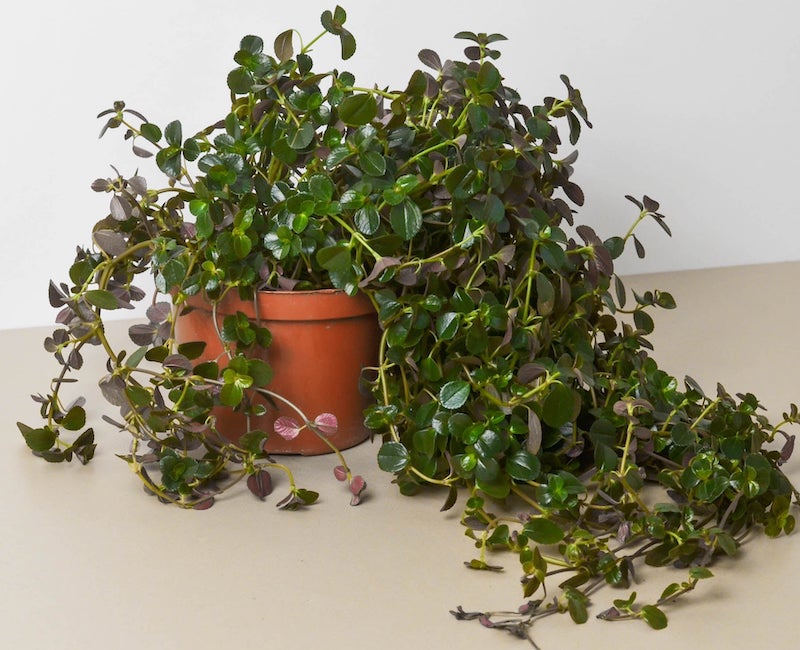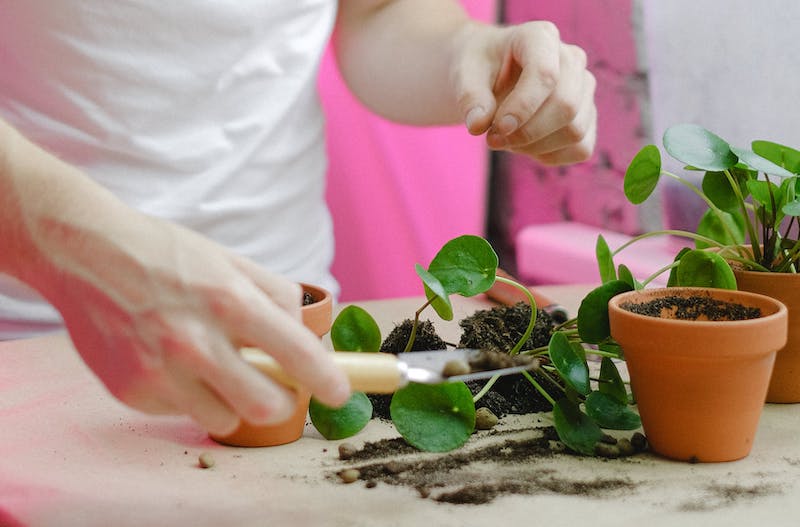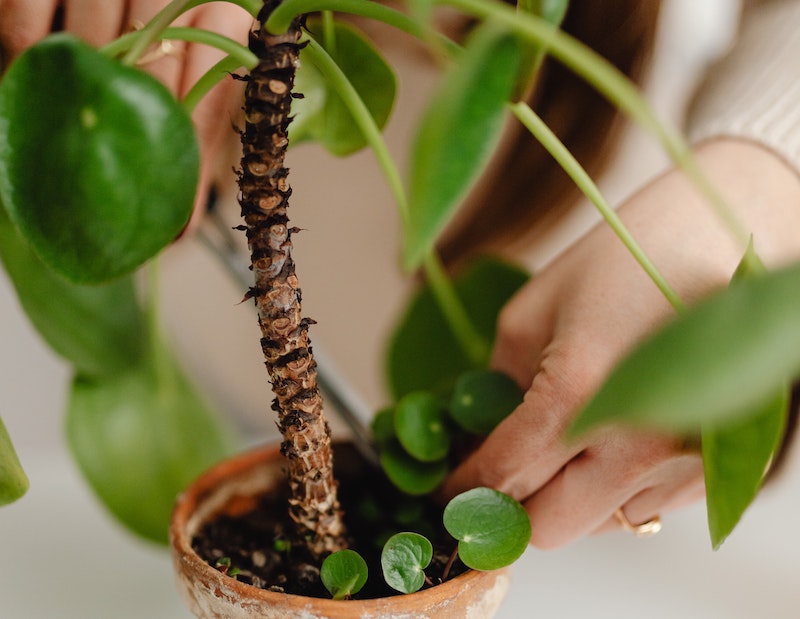Growing Pilea
The unique look of the Pilea helps this plant stand out and makes it a favorite among plant enthusiasts. Also known as pancake plant, Chinese money plant, coin plant, friendship plant, and UFO plant, Pilea features round leaves that stand at the end of thin, upright stems. This plant hails from China, where it can be found growing near the base of the Himalayan mountains. Pilea plants produce small, white flowers in the spring, although plants grown indoors may not always bloom. Taking care of Pilea plants is easy, making this a wonderful plant for anyone who appreciates lovely foliage.

Pilea Sunlight Requirements
Pilea grown as houseplants needs medium to bright indirect light. Direct sunlight is too harsh for the delicate leaves and may burn the foliage. Locate the plant back from a south- or west-facing window or diffuse the light with a sheer curtain. Plants grown in low light may have smaller leaves and can become leggy, so increase the amount of sunlight the plant receives if the stems become unwieldy.
Planting Pilea
Pilea needs well-drained soil because this plant does not like overly wet conditions. An organic soil mix with a neutral to acidic pH will support new growth. Repot Pilea when the roots appear near the surface of the soil or emerge through the drainage holes. Select a slightly larger pot when transplanting. Healthy Pilea plants send out offshoots and pups, and it’s time to repot when there isn’t enough room for the mother plant and the offshoots. Separate the larger pups, plant them in their own container, and upgrade the mother plant to a larger container. Pilea is a fast-growing plant that typically needs to be repotted each spring.

Watering Pilea
Let the top few inches of soil dry out before watering Pilea plants. This houseplant has medium water needs and likes to dry out between watering. The leaves will droop or curl when the plant is dry and needs water. Drooping leaves are a sign of water stress, and feeling the soil is the most dependable way to determine when Pilea plants need water. This plant prefers average humidity and does not like dry conditions.
Fertilizing Pilea
Pilea is a fast-growing plant. Rich soil with organic content supports new foliage production. Feed Pilea plants monthly during the spring and summer to supplement the nutrients in the soil. Use a balanced fertilizer and follow the instructions on the packaging. Stop fertilizing Pilea when the plants are dormant during the fall and winter.
Common Pilea Problems
Pilea plants bloom in the spring, and the flowers are not very showy, but they are tiny and lovely in their own way. Houseplants do not typically bloom, but with proper care, plants may push out flowers that bloom on tall stalks. Encourage springtime blooms by moving the plant to a chilly location, such as a basement, during the winter.
Propagating Pilea
Pilea propagates itself by sending out new plants known as offshoots or pups. These offshoots emerge at growth nodes or in locations where old leaves have fallen away. The pups can grow, take root, and be removed from the parent plant when they are big enough to support themselves. Pilea plants send out so many offshoots that some owners choose to remove them.

Growing Pilea Outdoors
Locate Pilea plants outdoors during the warmer months to enjoy the greenery from a patio or deck. This plant likes warm conditions, so make sure the temperature is consistently above 50 degrees F before moving the plant outside, and get it back inside before the temperature drops in the fall. Pilea plants grown outside will burn in direct light and appreciate a shaded area with indirect light. The container should have drainage holes so the plant will not become soggy after a rainstorm.
 |
Author Alison Cotsonas - Published 03-09-2023 |
